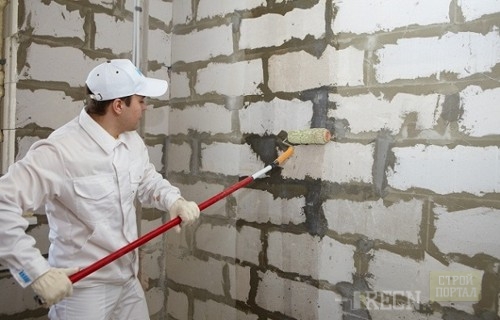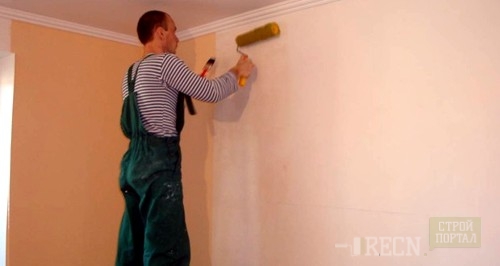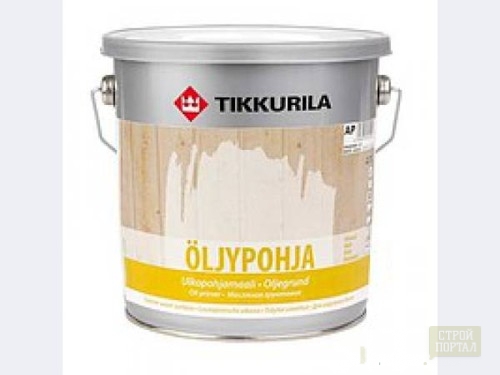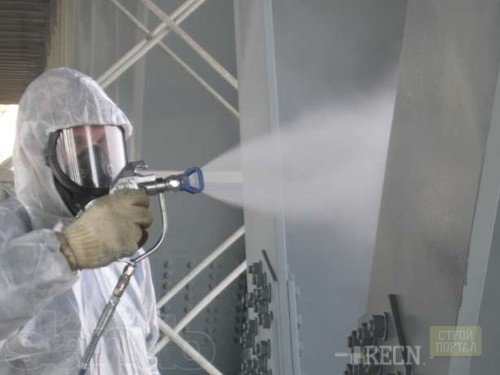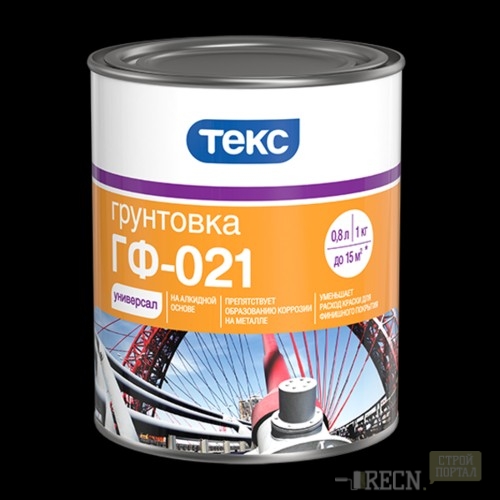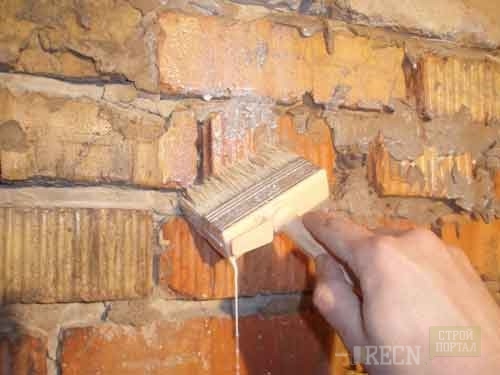
Methods of use of primer Useful advice,Building materials
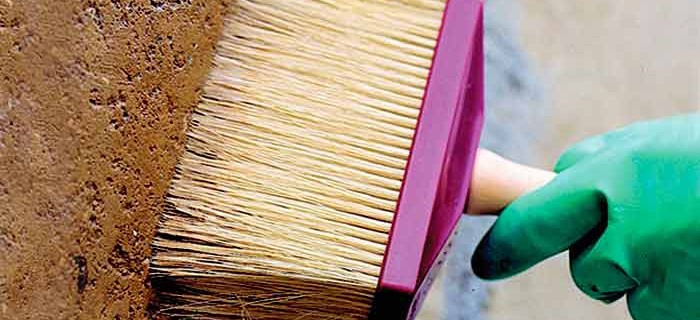
Regardless of which the base surface you have (concrete, metal, wood), the coating on it should hold tightly. For these purposes in construction used primer mixtures. The use of primer will improve the clutch of the surface with another layer. In addition, the main task of primer mixtures is to strengthen and ensure inseparable "communication" followed by building material. Also primer contributes to the imposition of a uniform layer of putty mixture, paint or glue for wallpaper. As a result of the proper technology of applying primer, the quality of the finishing of the room increases several times.
Content
Many inexperienced hosts who decided to make repairs in their apartment or the house independently, argue that they still do not need to apply to the concrete wall, because before the construction did not do this. But in fact, if you do not process the surface, the plaster can break down, and the wallpaper will not hold on to the places and hang. Also, with high humidity in the room, spots, cracks and divorces may appear on the surface.
About species
The construction industry is rapidly developing, and the types of primer mixtures in the market is a sufficient amount. In the supermarket, in the department "All for repair" you can purchase both dry and diluted mixtures. Each mixture is intended for different surfaces:
- brick wall;
- metal;
- tree;
- plasterboard;
- clay;
- concrete blocks;
- plastered cement surface.
In addition, the industry produces primers intended for different ways to finish:
- shuttering;
- for paintwork;
- for laying ceramic tiles.
Depending on the type of surface, the types of primers are distinguished:
- Anticorrosive. It is used to process metal surfaces in order to prevent the appearance of rust (processing of pipes in the bathroom and toilet, in shower, etc.). For galvanized surfaces, there is a separate special primer mixture.
- Antiseptic. Its appointment is to prevent the formation of bacteria, as well as fungus on the surface. In addition, the primer serves to improve adhesive properties, with paint or other building material with a surface.
- Impregnating, or deep penetration. The main function is to improve the strength of the crepe, low-voltage plaster. In addition, the purpose of the primer is also the fact that it will allow to apply materials (varnish, paint) is economical.
- Hydrophobic. Protect the surface from the penetration of moisture.
- Mineral-based primer. The main binding component is cement. Such a primer is used to accelerate processing and before aligning walls from concrete, plaster, bricks or blocks.
In addition, primers are divided into two types:
- For internal works.
- For external work.
Each of the primer mixtures in turn is divided into alkyd and acrylic primers. The alkyd is used to heat the surface well and ensure the clutch. It is possible to check its action as follows: when to spend your hand on the wall, the chalk layer will remain on the palm, then after processing the alkyd primer, the surface will be smooth and without sticking.
If the surface is plastered with high-quality spacing material, in compliance with all rules, then it can be treated with an acrylic primer mixture.
Universal primer mixtures consisting of acrylic copolymers are widespread. Such mixtures are easily diluted with water. They serve to process any surfaces, including suitable for working with painted walls and wallpaper walls.
Common types and application
Acrylic
Acrylic primer is used to process any surface. Before using it, you need to get acquainted with the instructions for the use of primer. The processed surface should be dry, smooth, skimmed and clean. Before processing, the walls are cleaned from the old coating, align. All existing spots derive by soda solution (5%) and only then apply acrylic primer. There are several ways to apply primer:
- With a sprayer.
- Brush.
- Roller.
If your primer mixture looks like a powder, it must be divorced according to the instructions. In the processed room, the air temperature should be no more than 30 degrees and at least six. If the primer is processed outside the room outside the room, then the air temperature should be not lower than 12 degrees with the plus sign Celsius.
The method of applying the primer is: it is applied in two layers. It is very important to wait for a pause between the layers and wait for the first layer of good oxide. Acrylic primer will dry from three to five hours, depending on the temperature and humidity of the room. If it is hot in the room, and the air humidity is high, then the primer will dry up faster.
If you need to transport the primer mixture at low temperatures, you should wait before applying it to know. You can store acrylic primer during the year.
Application of oil primer
Oil primer is the same alkyd, only on an oil basis. It has oily resins of synthetic origin. In addition, the composition also includes olifa, crushed paint and solvent.
The solvent is necessary for spraying primer from the cylinder. If it is applied using a brush, then the solvent is not needed.
Oil primer is intended for processing wooden and metal surfaces.
When performing work on the processing of a tree, the oil primer can be applied to use only on a dry surface once, a brush. The layer must be dense. In addition to the main purpose, the oil primer mixture is also an antiseptic.
When working with metal surfaces, the primer mixture can be as diluted and left in its original form. After processing the primer, a thin film is formed on a metal surface, which serves as protection against weather protection.
Oil-based primer has a significant plus: it can be sprayed. The consumption of the building material is 5-10 ml, and the drying time is a day. Before applying the mixture, it must be stirred thoroughly.
Grounding deep penetration
The name of this type of primer says that it is capable of penetrating into the deepest surface layers. It consists of a mixed substance, applied to a porous surface to achieve a better clutch. The primer also includes glue, oils, resin, bitumen. In addition, the composition has pigments, mineral components on an alkyd or acrylic basis.
The primer of deep penetration is used to impregnate the bases at the initial stage of repair work. The processing of the composition also allows the processed surface from corrosion, the formation of fungus, bacteria and mold.
The main purpose of the primer of deep use is to increase clutch strength. It can penetrate the depth of about 100 meters. Especially close attention should be paid to the porous surface, dirty, dusty, which is strongly contaminated with the mortar.
This video will help you choose the correct primer:




